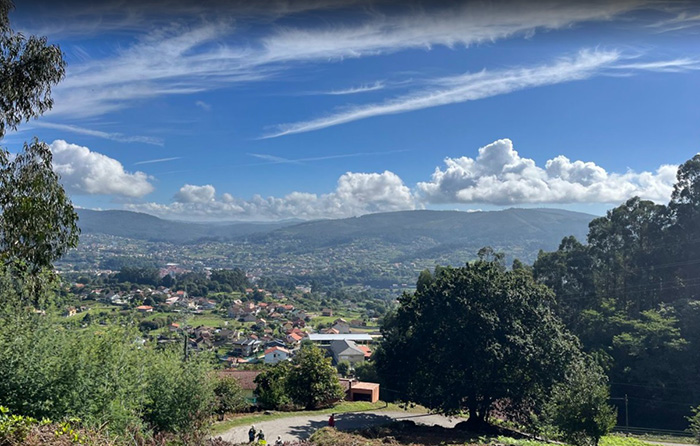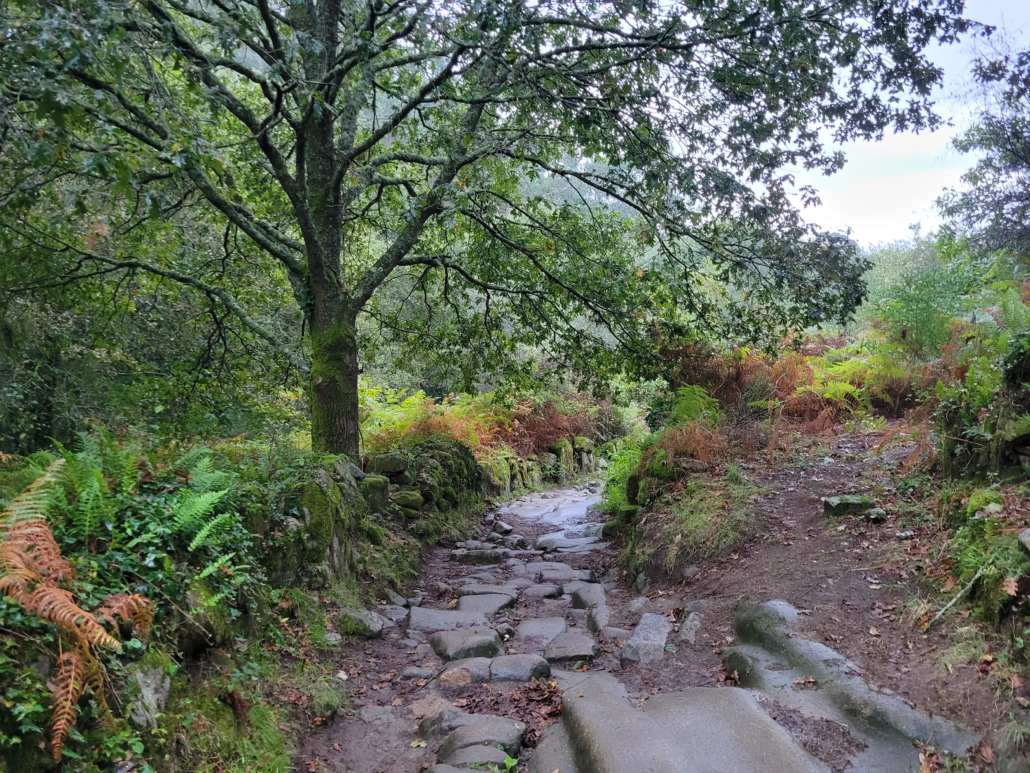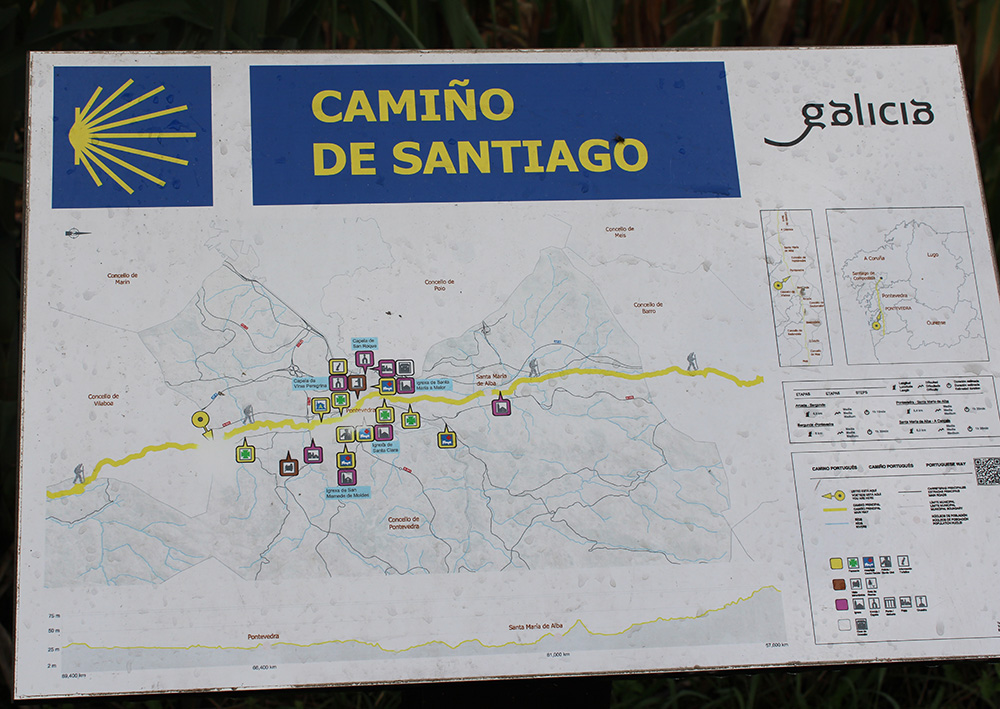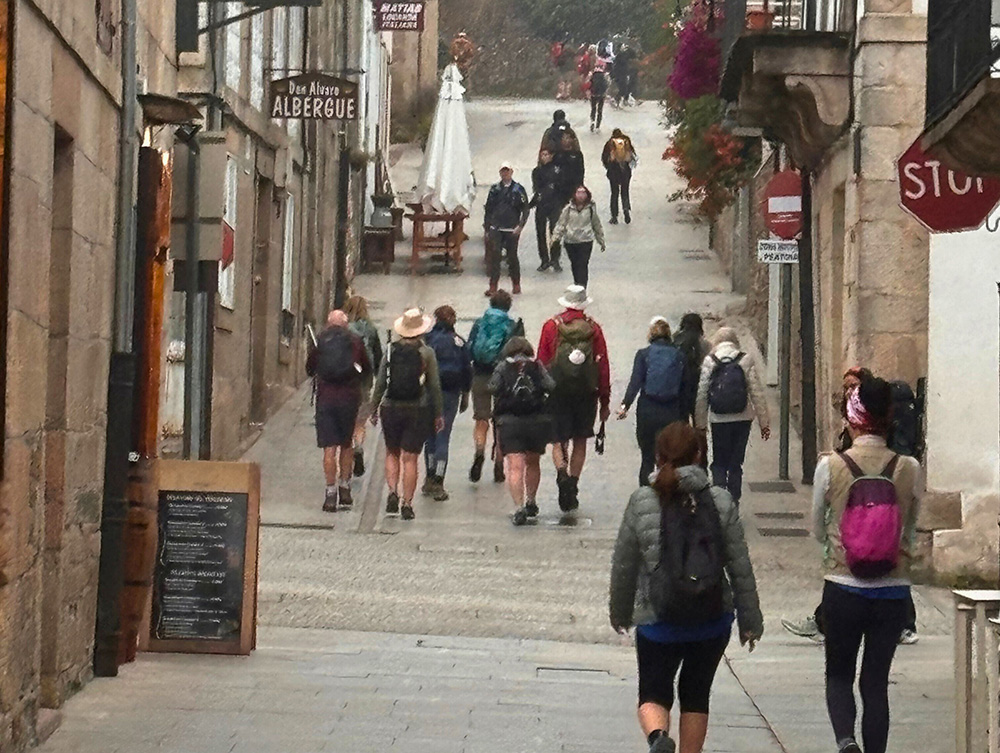A Dream Inspired by a Name
When Walking Toward Santiago, we think about why people choose to walk the Camino de Santiago, the reasons are as varied as the pilgrims themselves, spirituality, healing, adventure, reflection. But for Luisana, known to her students as La Profe de Español, the spark was something simple and heartfelt: her youngest son’s name is Santiago.
In our latest episode of The Way to Your Why, Luisana joined us to explore her growing interest in the Camino de Santiago, even though she hasn’t walked it yet. As a language educator and mother of three, she shares how this pilgrimage has been in the back of her mind for years, waiting for the right moment to become a reality.
Why the Camino?
“My reason might sound silly to some,” Luisana laughs, “but it’s because of my son’s name Santiago. I didn’t name him after the Camino, but once he was born, I felt this connection.”
Now that Santiago is 13, Luisana is planning to make the pilgrimage with her entire family in the coming years, before he heads off to college. She’s drawn not only by spiritual and symbolic significance but also by the culture, the people, and, of course, the food.
Walking Together… or Alone toward Santiago?

Luisana wonders aloud about the dynamics of walking the Camino as a family. Will they stick together? Will the rhythm of the road split them up? We talked about how common it is for even tight-knit groups to find their own pace, meeting up again later in the day or at designated stops. It’s all part of the Camino magic, your journey becomes uniquely yours.
Safety, Planning, and Peace of Mind
One of Luisana’s biggest questions was about safety, especially as a woman possibly walking solo. We told her that Spain, and especially the Camino routes are known for their safety and the kindness of locals and fellow pilgrims. From well-marked paths to helpful villagers, the support system is real. We also covered how our agency, Camino Wonders, helps take the logistical stress out of the journey arranging lodging, luggage transfers, and curated experiences so that pilgrims like Luisana can focus on their why, not the how.
Food as Motivation
Luisana lit up when we talked gastronomy. She and her husband are food lovers, so we discussed the unbeatable culinary highlights of the Portuguese Coastal Route, fresh seafood, local wines, and the ever-famous pimientos de Padrón, a personal favorite I order every time I stop!
Final Thoughts
Luisana’s curiosity and enthusiasm reminded me of the anticipation many feel before their first Camino. Her thoughtful questions, from when to go to how the Compostela is earned, make this episode a great listen for anyone dreaming of walking the Way.
Want to hear the full conversation?
Watch the episode HERE
Buen Camino!



